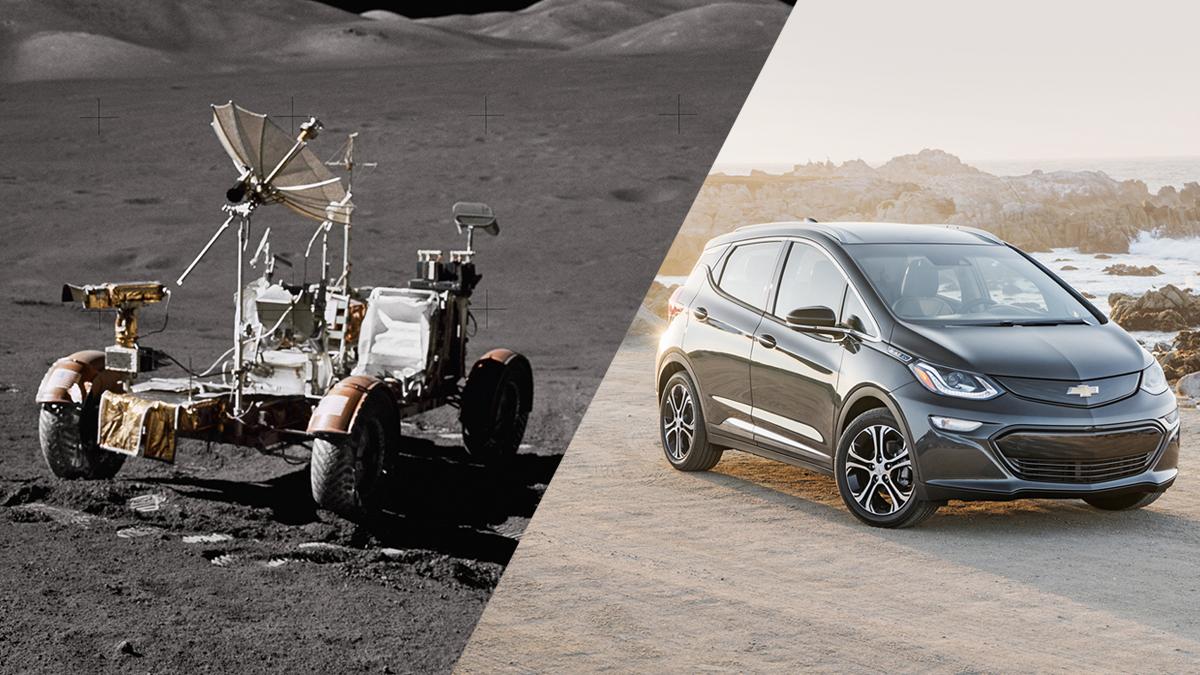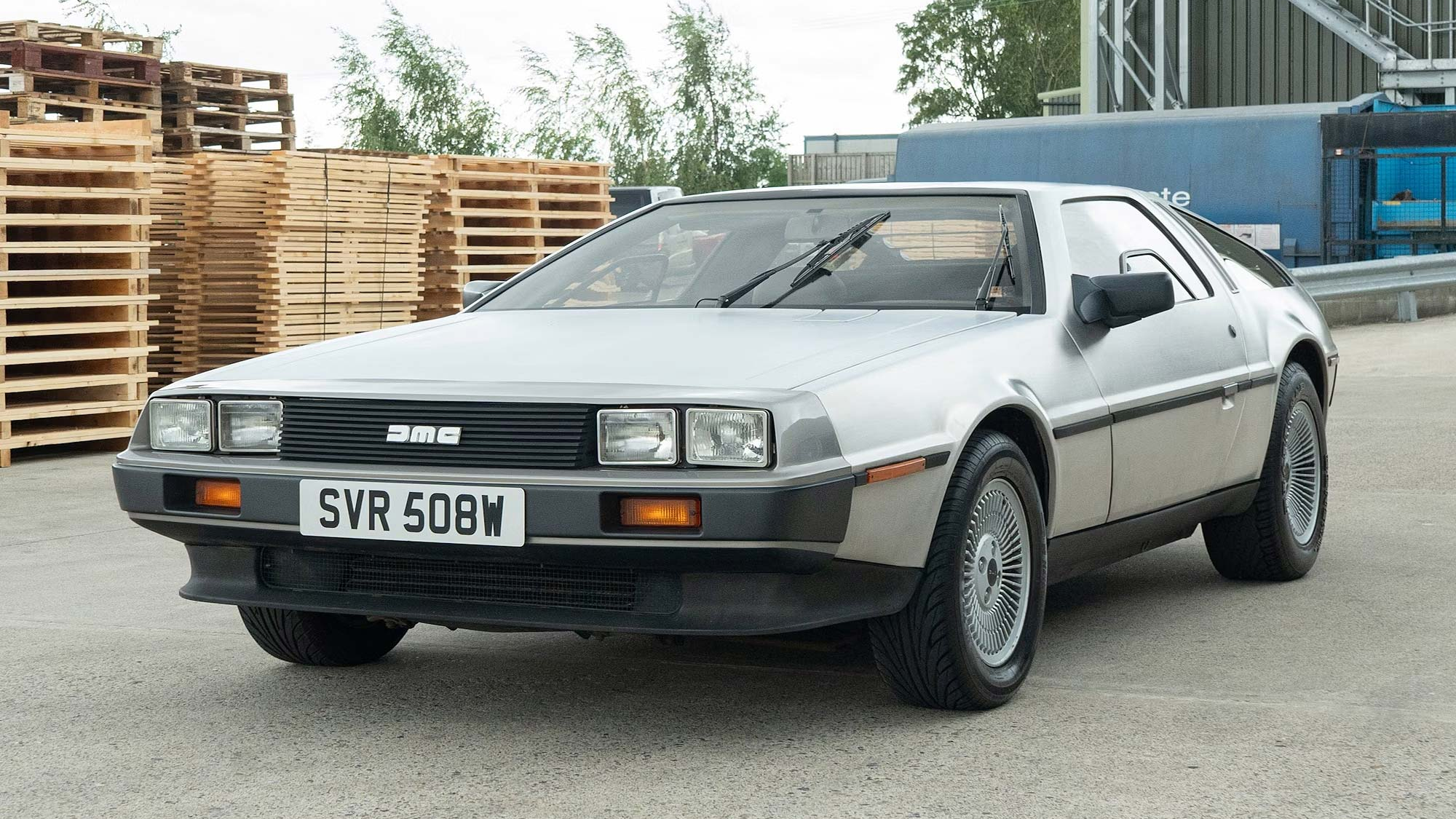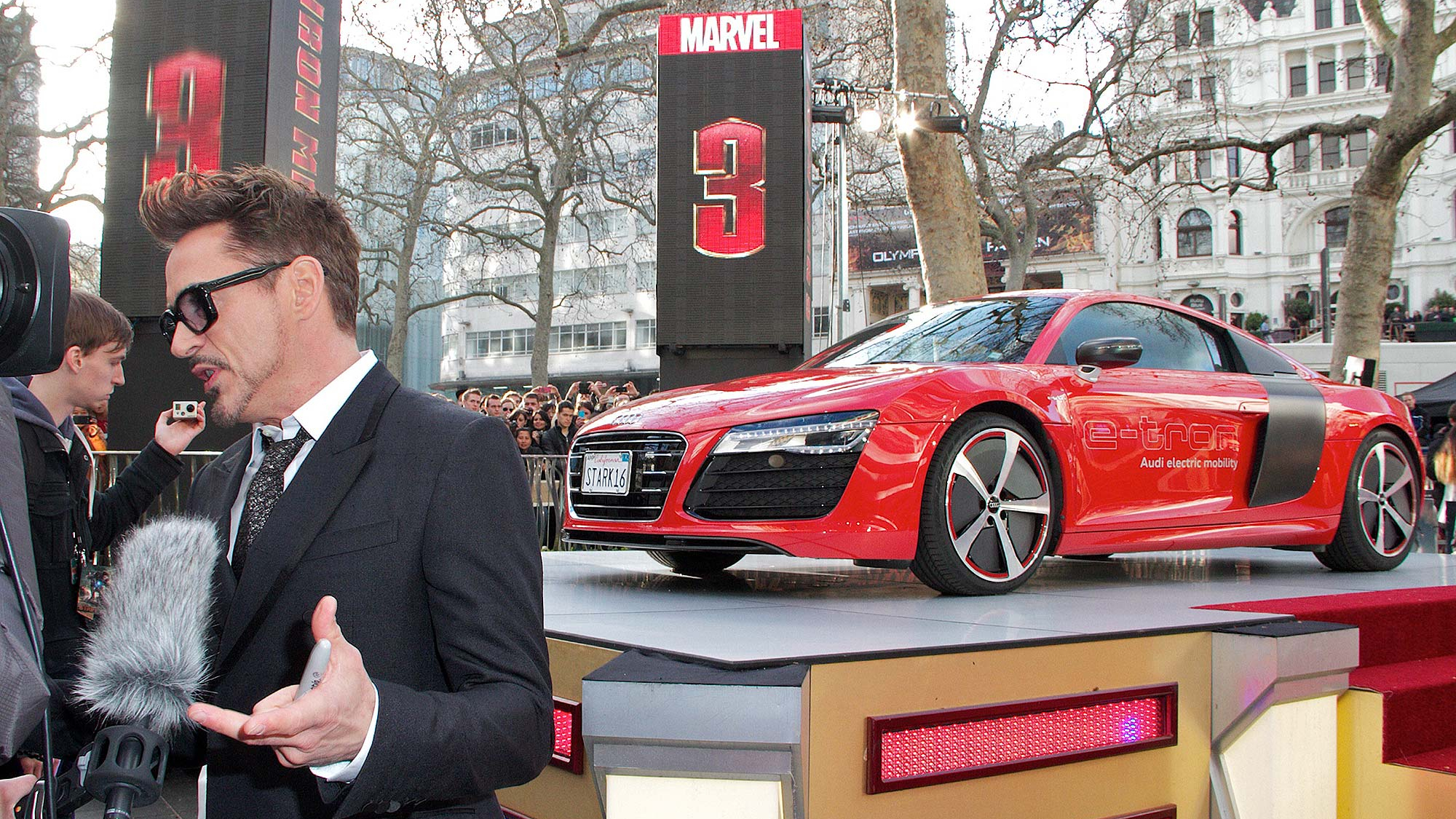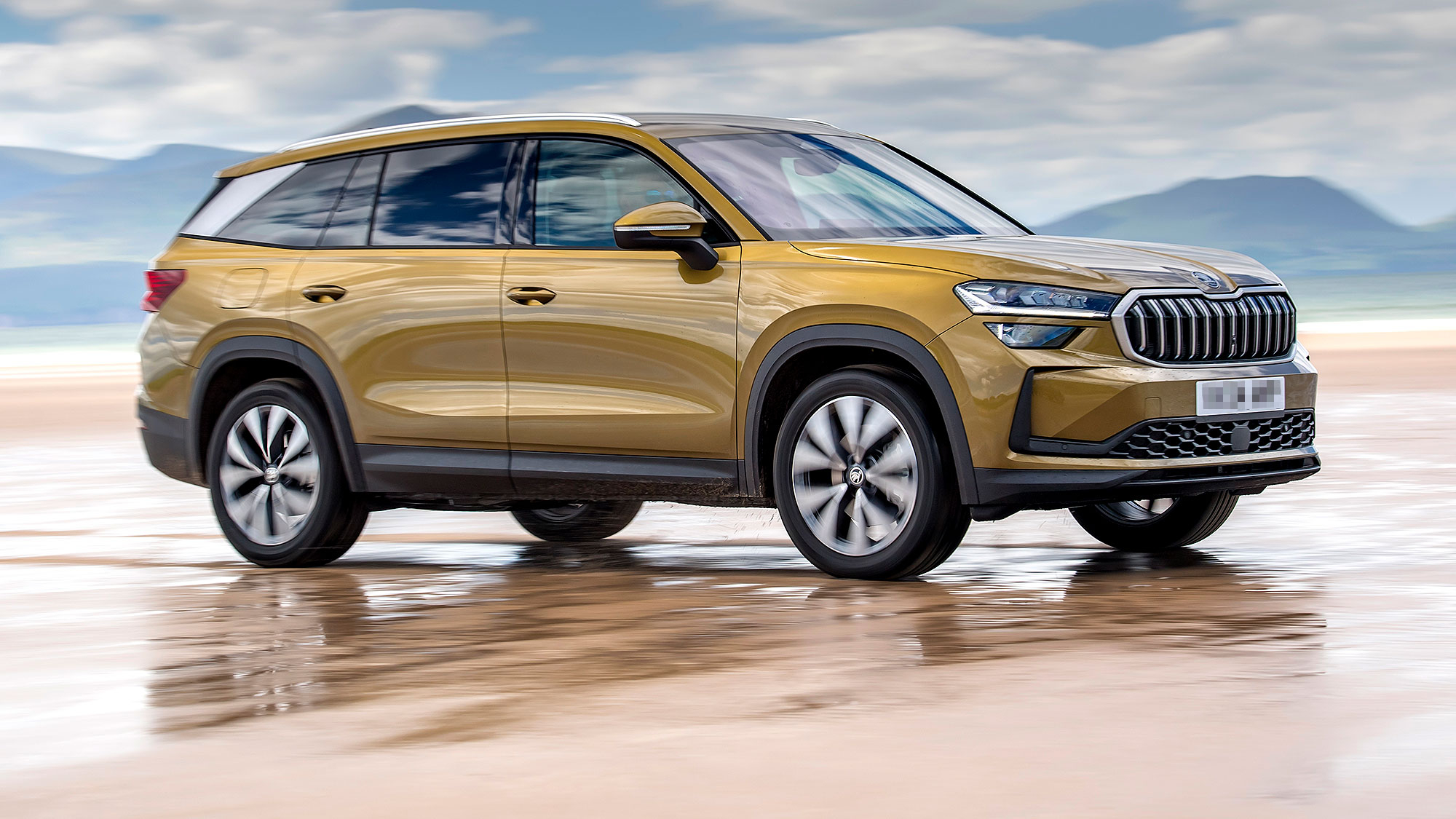Pop culture and sci-fi have long predicted the future. If you want to see what life will be like in years to grab the popcorn and watch a good movie. The Back to the Future trilogy is a great example of this.
Electric cars have been starring in our favourite films and shows for decades. Now, they’re finally here, rolling off real roads instead of movie sets.
The top-selling Ford Puma, for example, is now available as an electric Ford Puma Gen-E. This has a 43-kilowatt hour battery. You can charge it by plugging in at home, rather than waiting for a lightning bolt.
But how did the dream of electric cars develop in pop culture? How did these sci-fi dreams become modern reality. Pop culture has long shaped our expectations of the future, which is why we’re exploring it in this article. Richard Aucock looks back at how the entertainment industry forecast the future of EVs.
- The origins of EVs in pop culture
- When dreams become reality
- Electric cars on the silver screen
- From movie screens to Motability Scheme
- The sci-fi future is now a reality
The origins of EVs in pop culture
Electric cars have always appealed to sci-fi creators. They are far quieter than noisy petrol and diesel cars for starters. Their electric motors also make a high-tech noise that is perfect for films and TV shows set in the future.
A great example of this is the iconic noise of The Jetson’s flying car. Produced by Hanna-Barbera, the classic cartoon series ran in the early 1960s. It predicted a future of fast cars that run on tiny pellets rather than having to visit a filling station.
While we do not yet have flying cars, we do have electric cars that you ‘refuel’ by simply plugging them in. Some electric cars even make futuristic noises of their own. BMW, for example, uses famous movie music man Hans Zimmer to create noises for its electric cars.
When dreams become reality
A true example of science fiction becoming reality were the 1971 and 1972 moon landings. To explore the surface of the moon, NASA developed a Lunar Roving Vehicle, often known as the ‘moon buggy.’ They were fully electric and had a range of almost 60 miles.
The idea of a lunar rover came before the Apollo missions themselves. It needed to be electric because petrol engines cannot be used in the vacuum of space. Lunar rovers were explored in science magazines during the 1950s and 1960s. The 1971 moon landing saw fiction become reality.
Car giant General Motors developed the lunar rover. Nearly five decades later, it compared the moon buggy with a modern Chevrolet Bolt EV. This showed the huge progress EVs have made in recent years. By switching to an EV, you can say you’re driving sci-fi tech once used on the moon. And the giant leaps since made by the technology prove the power of the EV space race!
What is often forgotten is that many early cars of the 1800s were electric. Petrol didn’t become commonplace until the early 20th century. Early electric car batteries were not very sophisticated, which is why petrol gradually took over. Electric cars were instead a dream of sci-fi writers.
Fast-forward to today and things are very different. There are now dozens of EVs on sale. The latest electric car batteries can add hundreds of miles of range in less than half an hour. And as the price of petrol goes ever higher, charging an EV at home for as little as 2p a mile becomes very appealing.
This has seen electric cars take over from high-performance petrol models in blockbuster movies.
Electric cars on the silver screen
Zapmap, which helps EV drivers find and pay for electric car chargers, has studied electric cars in films. It has found that EV appearances are up more than 140% in the last five years. Examples include Barbie’s electric Chevrolet Blazer SS EV. Barbie even drove a 1950s Corvette converted to run on electric!
Tesla is the most-featured electric car brand in modern movies. Its radical Cybertruck was said to be inspired by the flying ‘Spinners’ in Blade Runner. It also has an angular design and stainless-steel body, just like the Back to the Future DeLorean.
Another example of a modern zero-emissions car in a Hollywood blockbuster was the Lexus 2054 in Steven Spielberg’s 2002 film Minority Report. Built in an automated factory, it was driven by Tom Cruise in several action sequences. Instead of having batteries to power its electric motors, it used fuel cells.
Fuel cell electric vehicle (FCEV) technology is something several car companies, including Toyota, Hyundai and BMW, are still exploring today. One day, this could become another sci-fi showcase that becomes an everyday reality.
You’ve probably seen Tony Stark’s high-performance Audi in the Iron Man franchise. In Iron Man 3, the petrol version was replaced with an electric Audi R8 e-tron. Robert Downey Jr, who plays Tony Stark, even starred at movie premiers next to the electric supercar.
Tony Stark also drove an electric Audi in the 2019 film Avengers: Endgame. Black Panther is another Marvel Comics superhero driving an EV. In 2022’s Black Panther Wakanda Forever movie, the Dora Milaje warriors drove a futuristic Lexus RZ electric SUV.
Just as Tony Stark switched from petrol to electric, so many UK drivers are also now making the switch. There is even an electric Audi Q4 e-tron available on the Motability Scheme, for those keen to follow in the steps of a superhero.
Fictional flying electric cars that can recharge in seconds are, of course, unrealistic. Pop culture can create misconceptions that could scare some people away. Some sci-fi dreams won’t become reality. Today’s EVs are impressive but still grounded. This is good news, as it means the leap from a petrol or diesel car isn’t as big as you might think.
From movie screens to Motability Scheme
For years, electric cars have been portrayed as the future. Many will be familiar at how they are seen as the natural replacement for petrol and diesel. And the growth of today’s EVs means that for many Motability Scheme customers, the future is finally here.
This has helped reinforce the idea that driving an EV is normal. Indeed, it’s even aspirational. After being such a familiar sight on movie screens, EVs are now available on the Motability screen in ever-greater numbers. Science fiction really has become Motability Scheme fact.
The sci-fi future is now a reality
EVs are even bringing back to life well-loved cars from yesteryear. The Ford Capri was a TV icon of the 1970s, famously appearing in TV series The Professionals. Today, the Ford Capri has been reborn as an electric car. It is available on the Motability Scheme for an advance payment of just £245.
The Ford Explorer was a star of the Jurassic Park film in the 1990s. There is now a modern electric Ford Explorer too. This is available on the Motability Scheme for no Advance Payment.
The legendary Mini has been a pop culture hero since the 1960s. Today, the Mini Cooper Electric is an EV version of the modern Mini. It ensures the famous British car lives on in the UK’s electric car future.
There are now than 170 electric cars available on the Motability Scheme, many available for no Advance Payment. The models that have been a sci-fi dream for decades are now a reality. Time to channel your inner Tony Stark, top up your flux capacitor and consider an EV for your next Motability Scheme car.
Learn more about EVs
Thinking about going electric? We can help you decide.
More than 100,000 customers lease an EV on the Motability Scheme and benefit from our all-inclusive lease package. Insurance, breakdown assistance, servicing, and maintenance are all included.
Sign up now to learn more about electric vehicles.
About the author
Richard Aucock has been a professional motoring writer since 1998. He’s written about the car industry for the Motability Scheme since 2009. He has many key roles in the motoring world, including the UK juror for AUTOBEST, a juror for the World Car Awards, and Vice Chair of the Guild of Motoring Writers. Richard is also the director of Motoring Research, a leading UK publisher in the industry.
Related articles
How the new car market is changing in 2025
Worried about how far your electric car will go? Our tool puts you in charge
![]()








